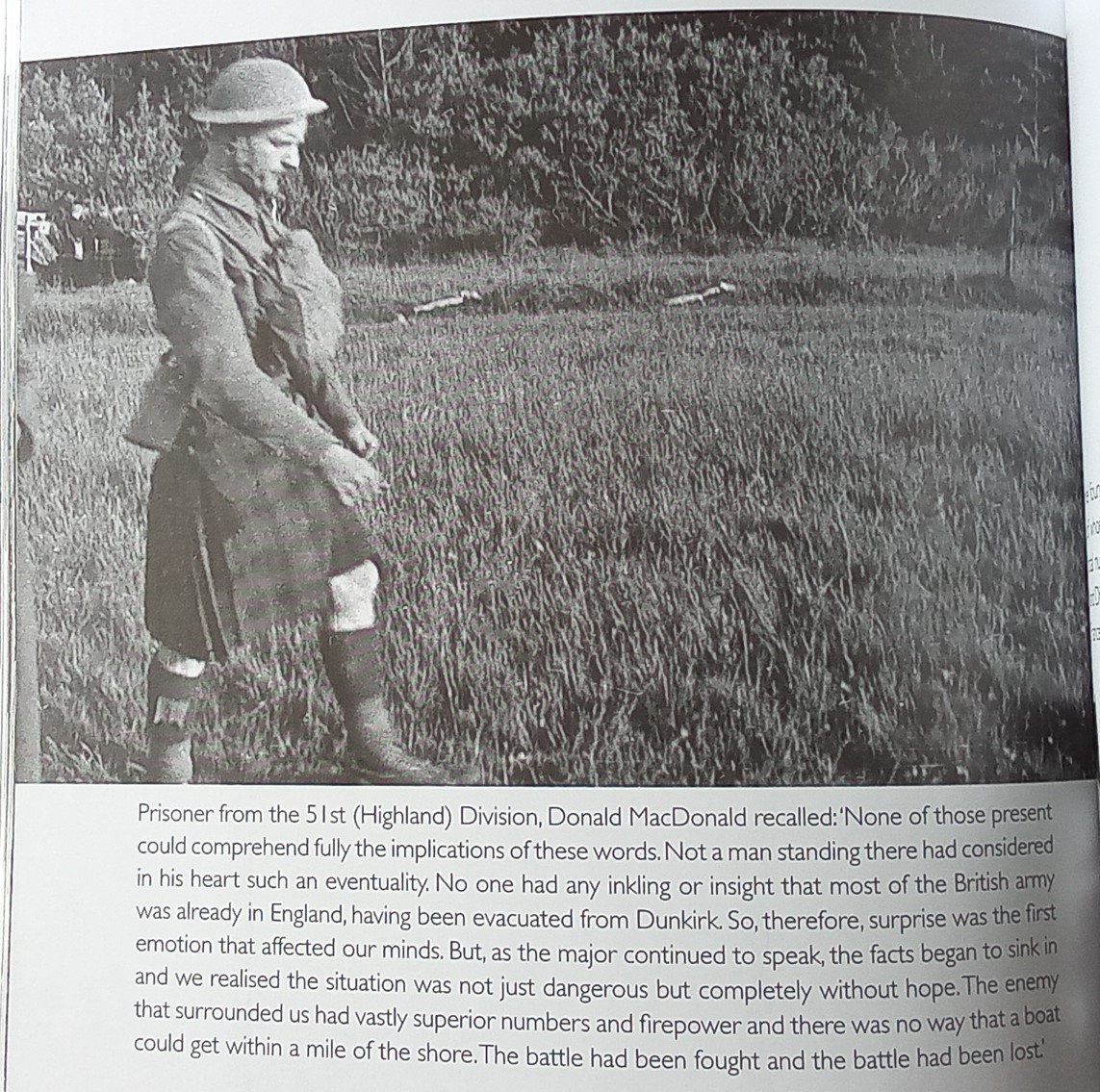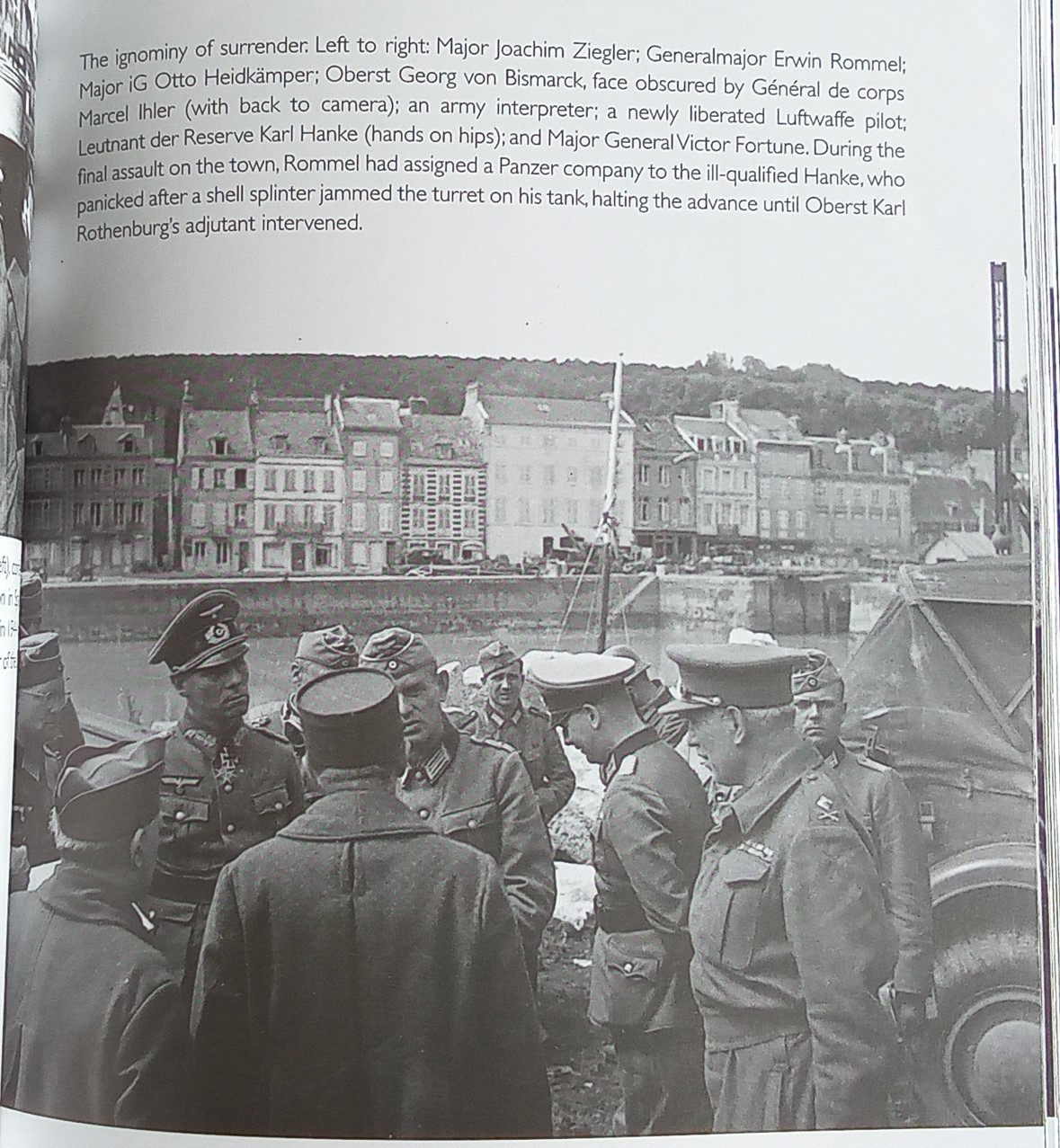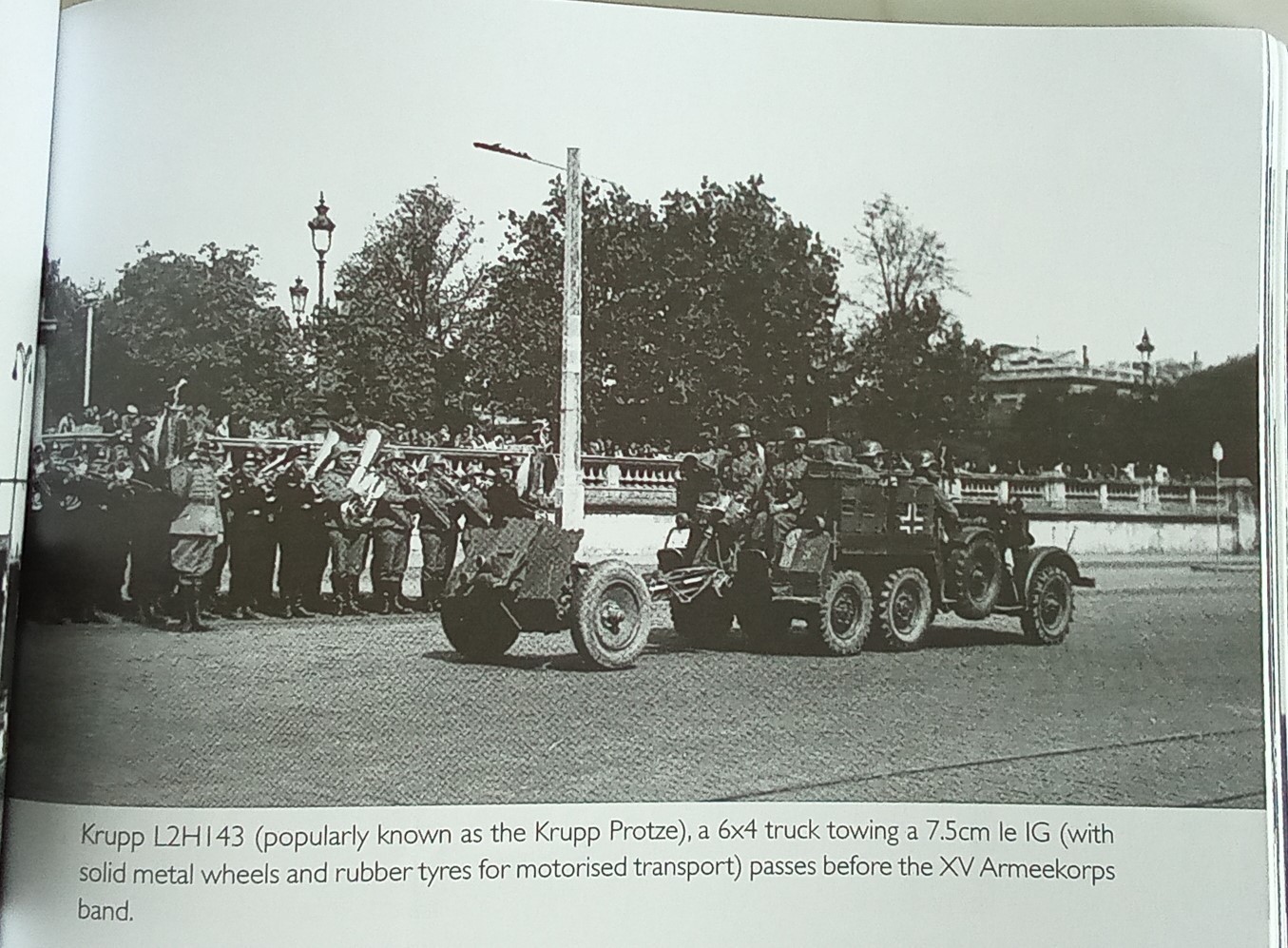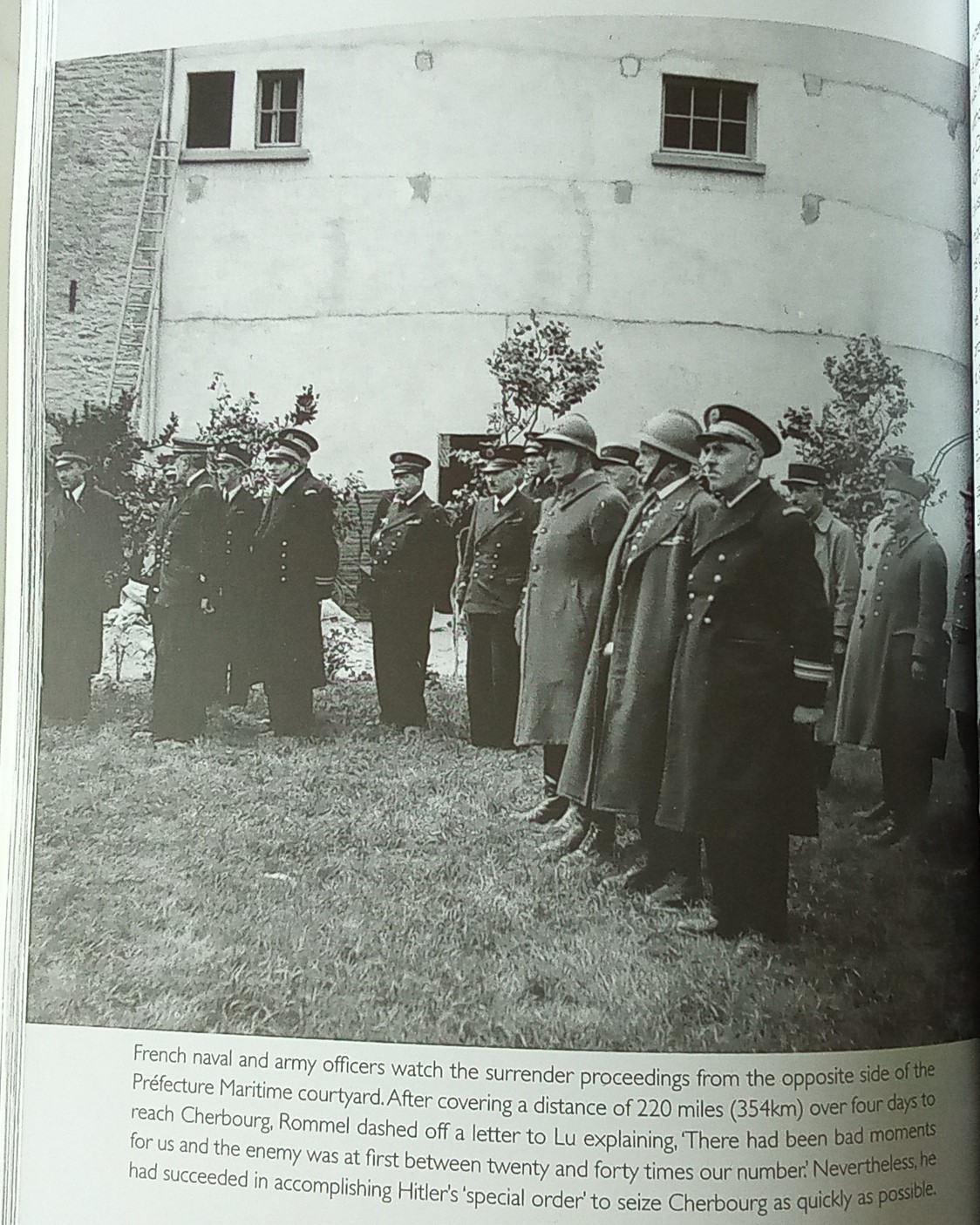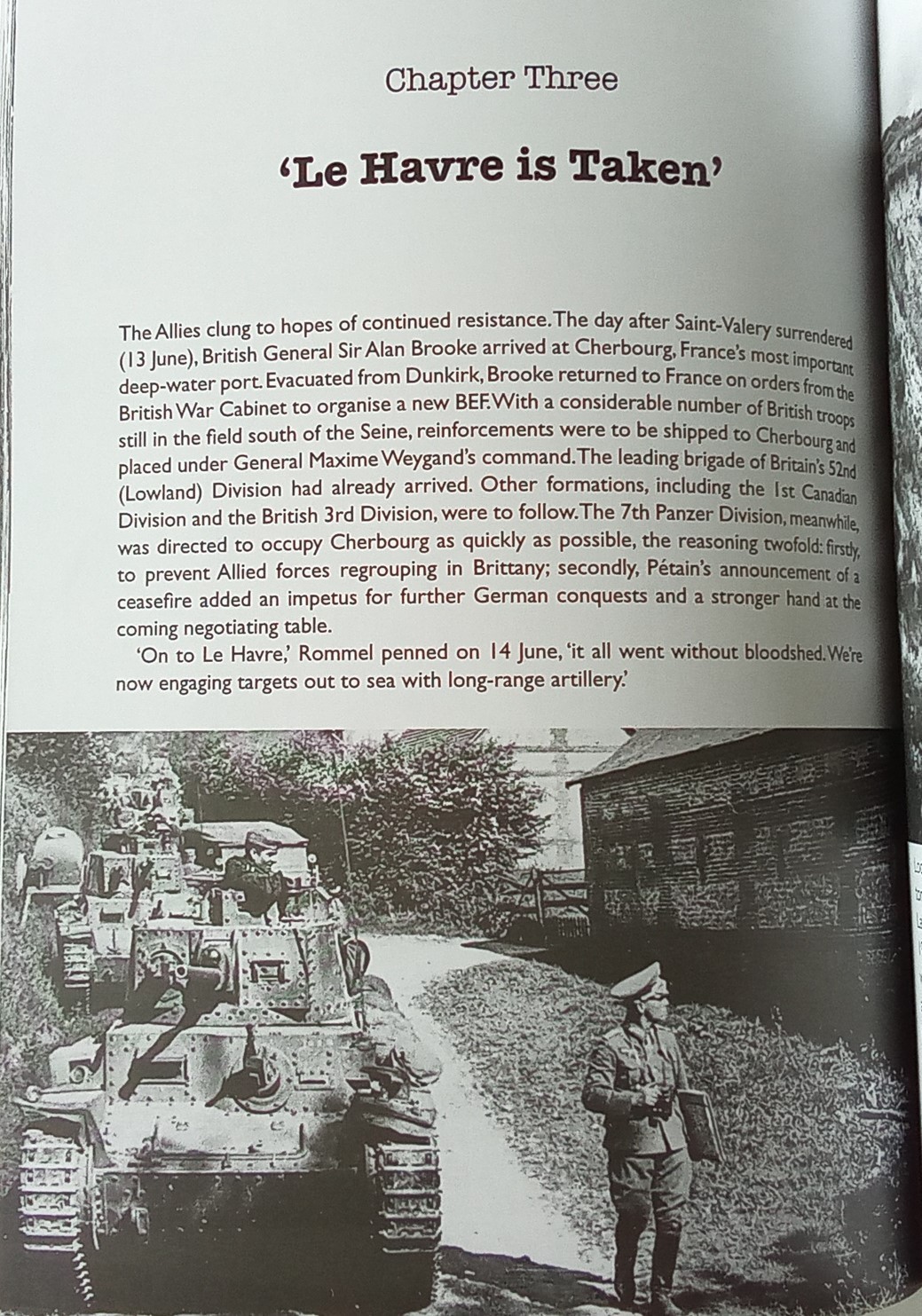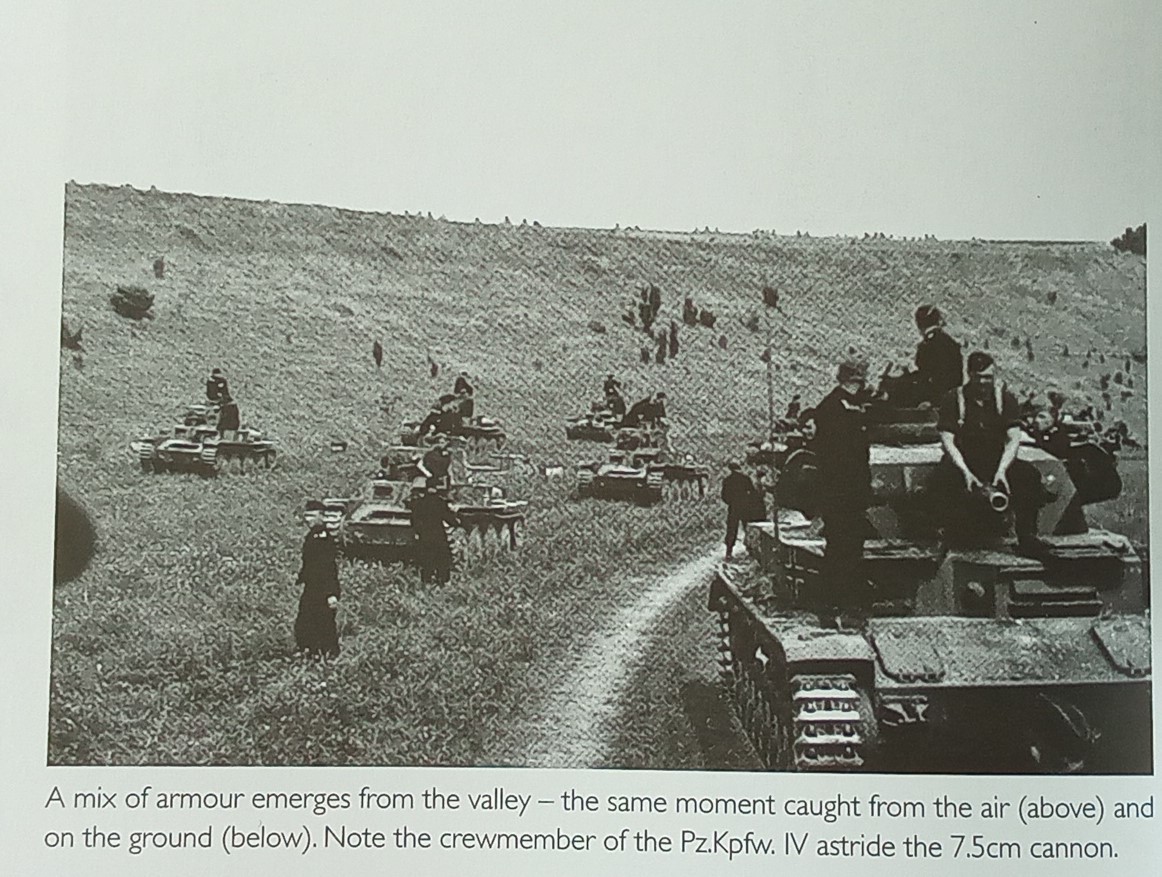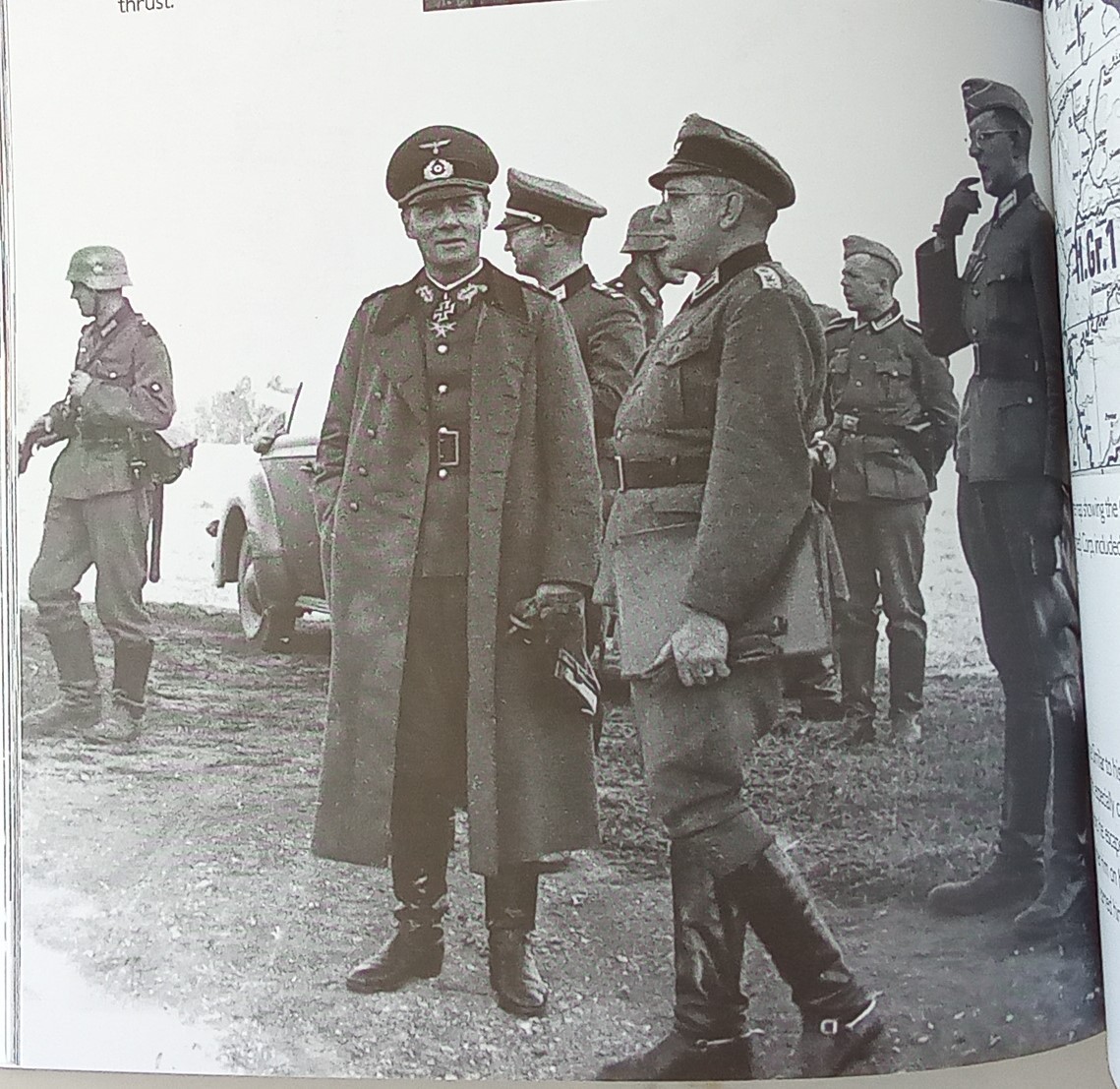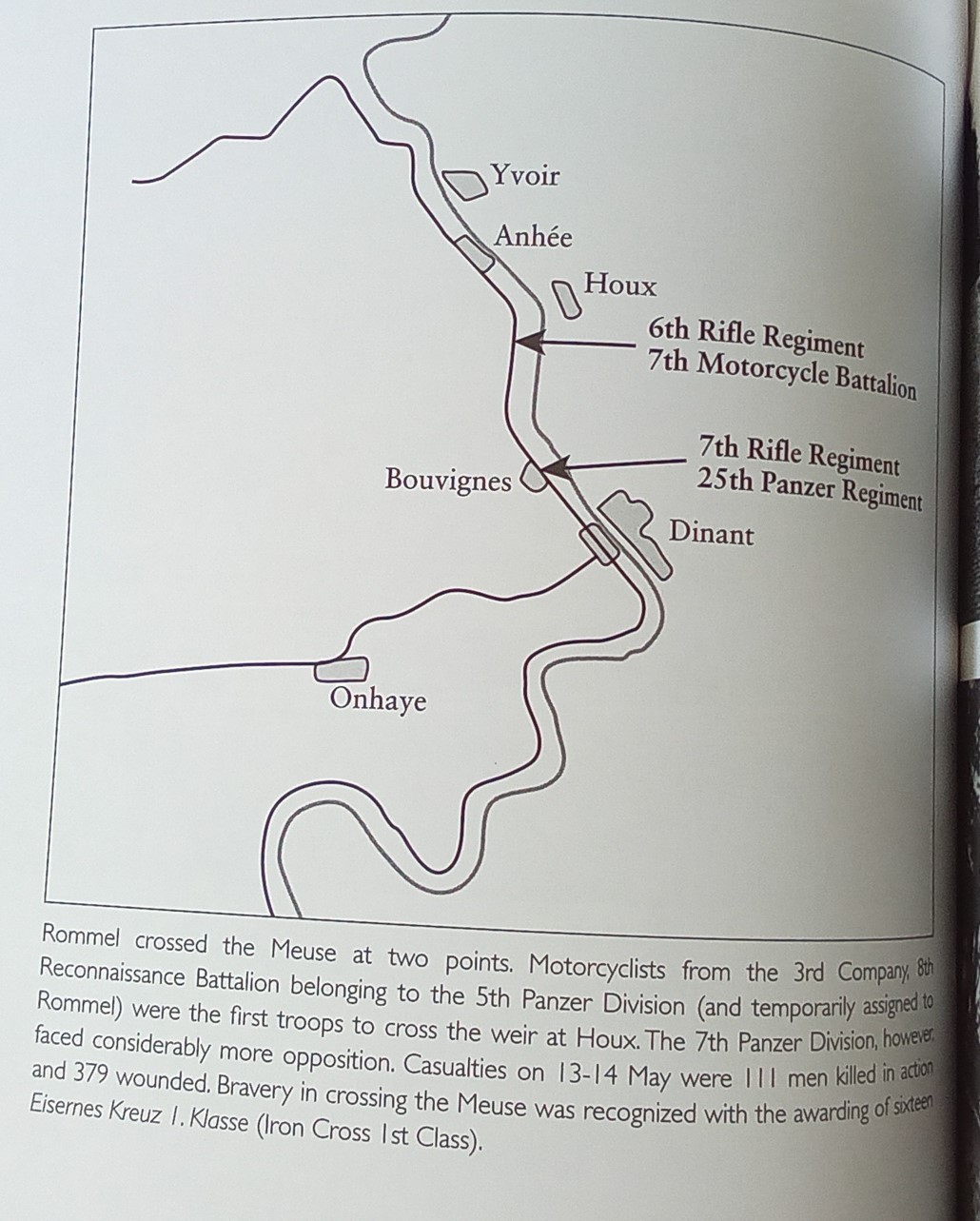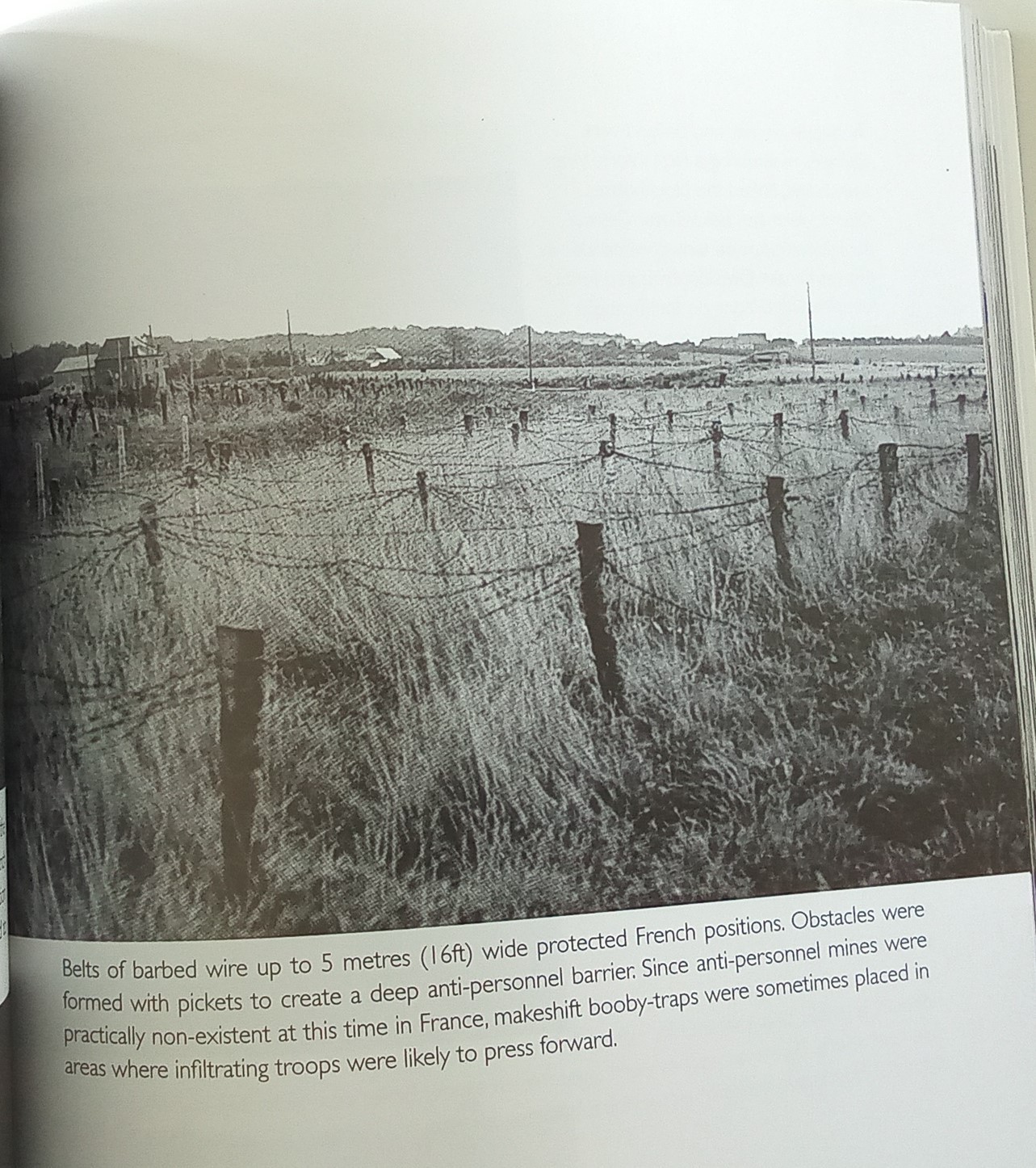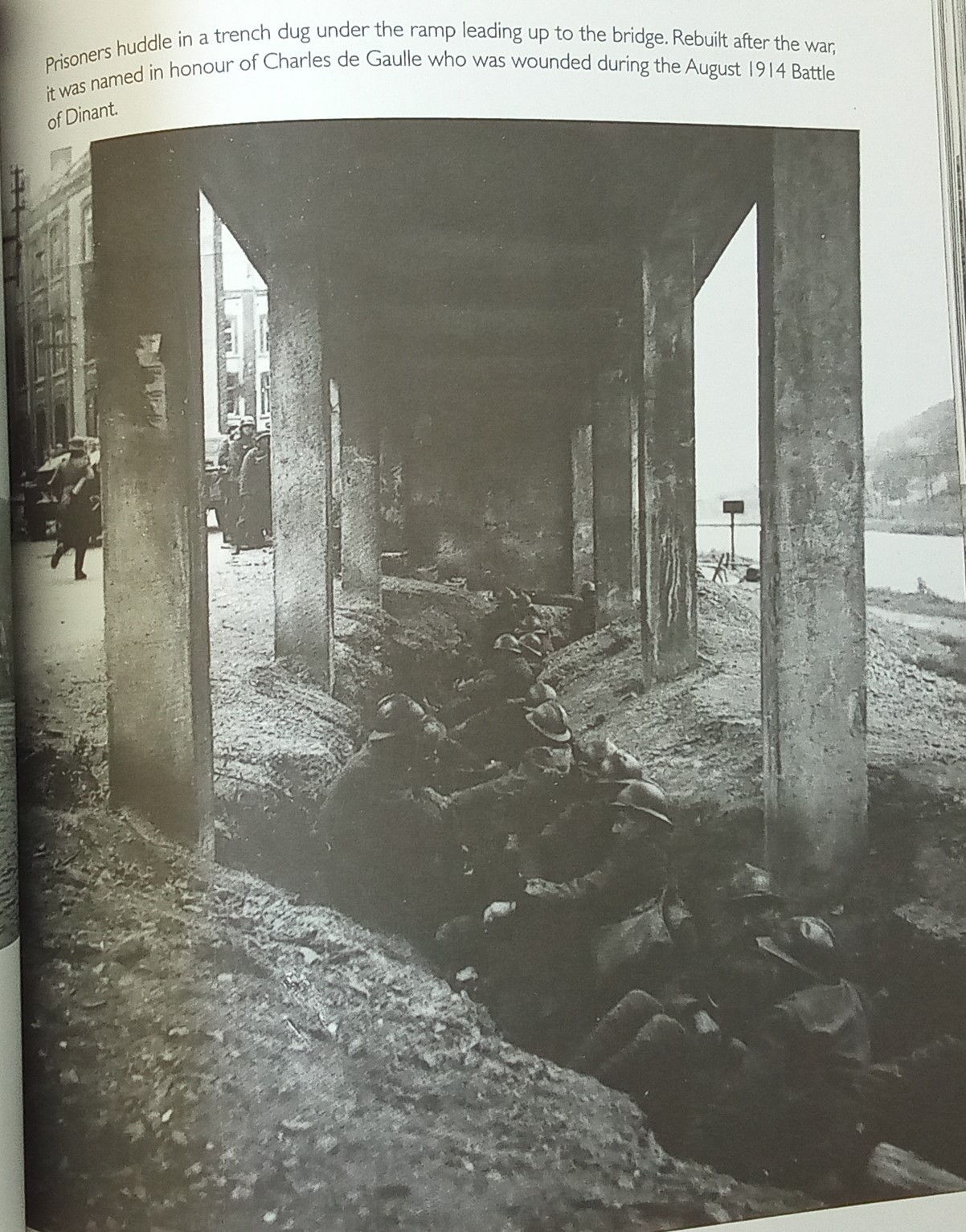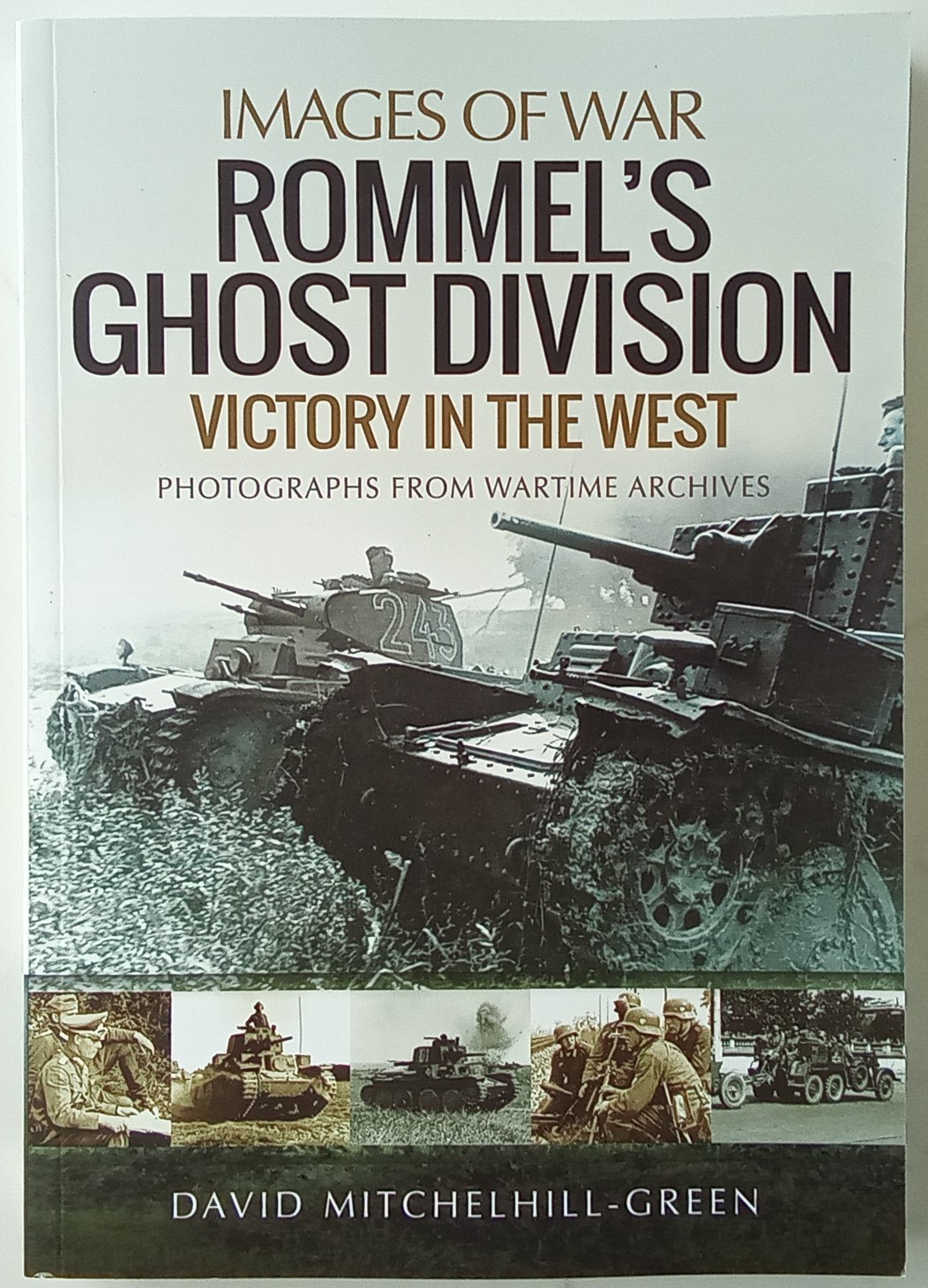1. Adolf Hitler invaded Western Europe on 10 May 1940. General Erwin Rommel was at the forefront of the 7th Panzer Division as it crossed the River Meuse in Belgium and punched through the Maginot Line into northern France. An audacious drive toward the English Channel followed. With no prior experience in leading an armoured division in combat, Rommel moved with speed and nerve, frequently surprising and overrunning French units in what he termed a ‘lightning Tour de France’. His so-called ‘Ghost Division’ reached the Channel coast on 10 June, a jubilant Rommel signaling : ‘Am at sea.’ Pages: 256 with illustrations: 250 monochrome.
Part I Chapter 1 Hitler strikes west
Chapter 2 Victory at Saint-Valery-en-Caux
Chapter 3 'Le Havre is taken'
Chapter 4 Swastika over Cherbourg
Chapter 5 Bordeaux Victory parade
Part II Chapter 6 Re-enacting the Somme Crossing
with appendix
2. June 1940. In just weeks, General Erwin Rommel’s 7th Panzer Division – dubbed the ‘Ghost Division’ — had driven headlong through Allied forces in Belgium and France to reach the English Channel. Pushing south along the Channel coast past Le Harve, Rommel’s spectacular victory at Saint-Valéry-en-Caux was crowned by the capture of Cherbourg. Following the Franco-German Armistice and a victory parade in Bordeaux, cameras rolled as Rommel re-enacted crossing the Somme for the Nazi propaganda documentary Sieg im Westen (Victory in the West). Pages: 224 with illustrations: 250 monochrome. There is a timeline for the &th Panzer Division: Fall Gelb (Case Yellow)
Chapter 1 The 7th Panzer Division - arms and armour
Chapter 2 Blitzkrieg in the West
Chapter 3 'Through the Maginot line'
Chapter 4 Counterattack at Arras
Chapter 5 My Division has had a blazing success
Chapter 6 Crossing the Somme
with appendix
both books have acknowledgements, notes on photography and sources, abbreviations, conventions and definitions, and an introduction.
Both books are by David Mitchelhill-Green, of Pen & Sword Military in the Images of War series.
Both titles are full of black and white images with an occasional map or organization table thrown in for reference, and the images are captioned with between a sentence to a half page, depending on the subject. There is limited narrative running through the book which serves as a thread to connect the images and gives some context to the scene depicted as the narrative is chronological, with corresponding images. The narrative relies on first person accounts, history, and a bit of interpretation, which is accurate and concise.
The strength of the book lies in the images, and there one to two per page, with some images taking the whole page, and other a half page. All are clear (there may be one or two blurry) and depict life as experienced by the soldiers with Rommel as he takes on the Allies in the West and the opening of World War II. It serves as a good insight to the travails of everyday life as a victorious German soldier in the early days of WWII.
Having gone from cover to cover on each book, I can honestly say there would have been only a handful of images that I recognised, the rest, approaching 500 between both books, are new to me, which is very refreshing.
There is plenty here to inform and inspire, particularly modelers, as there are a few scenes recorded from different angles across a couple of pages. One scene being the Panzer III on the beach, among others. There are very few "glory" shots of soldiers doing heroic things in battle.
About the only thing that puzzled me was there were no colour images, but this may be more about keeping the cost down than a lack of subject images.
One little fact that intrigued me was, page 150 - dash to the channel - 1940, regards the British Mark V*(star), was "the last confirmed use of the landmark British design was by the Red Army in 1941, fielding tanks formerly supplied to the White Russian Army."
I liked the size of the book, and that the images are printed on good quality paper with a matt finish.
Easily recommended, these are good reference for your money.


